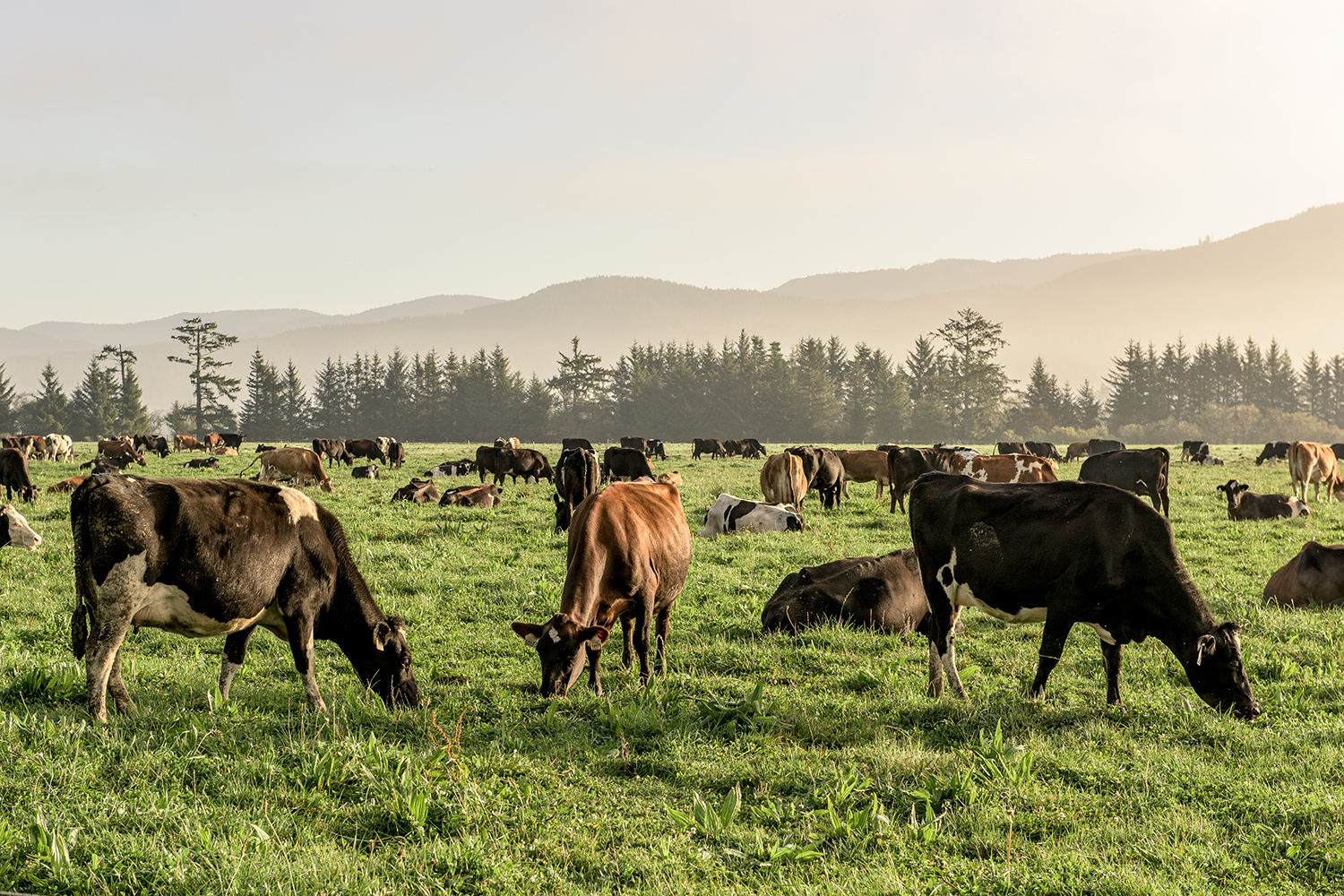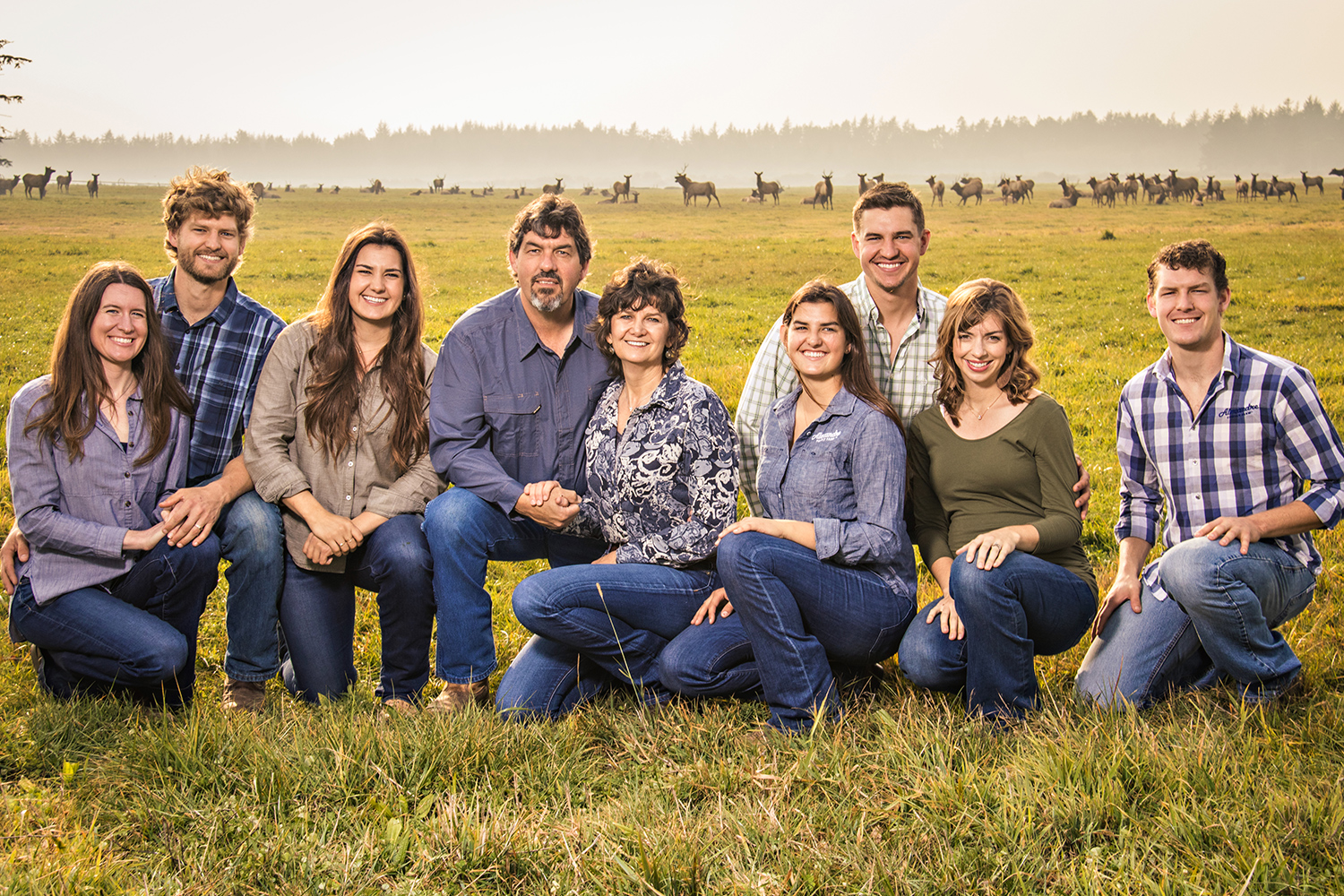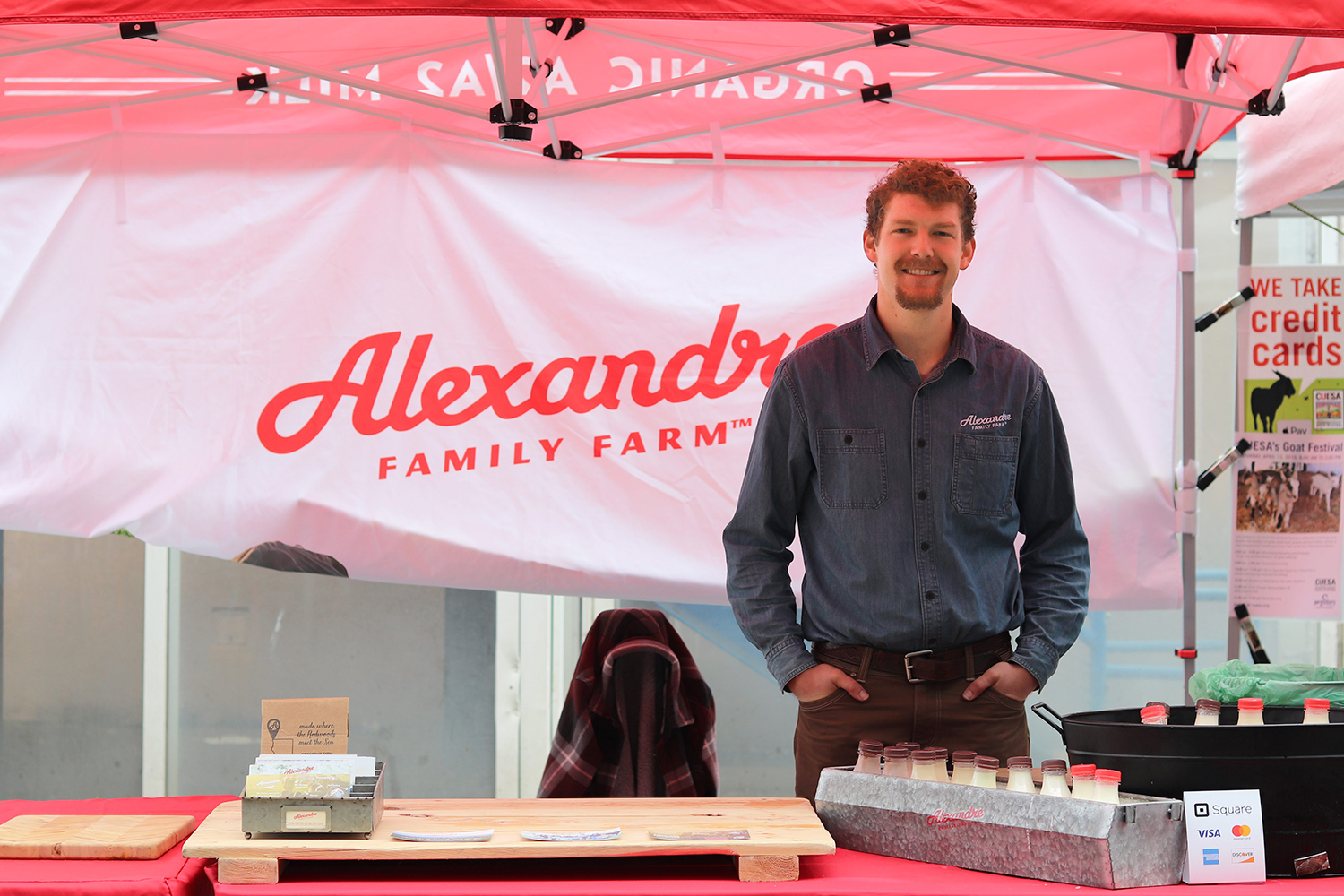Farmers Fight Climate Change with Regenerative Agriculture
Savannah Kuang, Foodwise Staff
April 19, 2019

As the urgency of the climate crisis grows, more people are becoming aware of the carbon footprint of our food choices. According to the USDA, agriculture accounts for about 10 percent of U.S. greenhouse gas emissions, mostly through industrial practices that rely heavily on chemical inputs and fossil fuels. Climate change negatively effects farmers and ranchers as well, through rising temperatures and extreme weather events, such as floods, fires, and droughts.
Organic farming practices mitigate the environmental impacts of agriculture and make farms more resilient in the face of climate uncertainty, and some farms are taking additional steps through a set of practices known as regenerative farming. So, what’s all the regenerative buzz about?

Regenerative Agriculture 101
“Certified organic” refers to food grown according to the standards set by the National Organic Program, without the use of most synthetic fertilizers, pesticides, and GMOs. While “regenerative” is not a federally regulated term, it encompasses a system of holistic land management practices that focus on regenerating soil health by increasing organic matter. Regenerative agriculture can help to offset the effects of climate change by improving carbon sequestration and water holding capacity in the soil, and reducing greenhouse gas emissions.
The term “regenerative” has been receiving attention lately, but its principles are not new; many organic farmers have been incorporating these climate-friendly practices for years. The term started gaining more visibility in the 1980s, due to the Rodale Institute. While there are evolving definitions of regenerative, some important practices include:
Minimizing or eliminating tillage. Plowing and discing breaks up the soil aggregation and fungal communities, resulting in increased carbon emissions and soil erosion. Reducing mechanical disturbance helps to rebuild the soil.
Increasing soil fertility. Farmers can increase soil fertility through regenerative methods such as cover crops, crop rotation, compost, and application of animal manures. Avoiding the use of chemicals and having an efficient irrigation system improves water retention and carbon sequestration.
Building soil biodiversity. This practice begins with inoculation of soils with composts or compost extracts to restore the soil population, structure, and functionality. Because regenerative and organic farmers avoid using chemical fertilizers, compost prevents the soil from degrading and losing the necessary nutrients in order to thrive.
Sequestering carbon in the soil through grazing. If managed properly, rotational livestock management can stimulate plant growth, increase soil carbon deposits, and improve pasture and grazing productivity, while also providing positive impacts to the overall soil ecosystem. This can lead to better soil, lower carbon and methane emissions, and healthy people and animals.
In 2018, the Rodale Institute introduced the Regenerative Organic Certification (ROC), a pilot program aiming to provide certification and common standards set by the Regenerative Organic Alliance, a coalition of farmers, ranchers, and organizations dedicated to regenerative farming. Their definition goes beyond soil management to encompass detailed requirements for humane animal welfare, and fair working conditions and economic stability for farmers and farm workers.

Alexandre Family Farm: Putting Regenerative into Practice
A member of the Regenerative Organic Alliance, Alexandre Family Farm, a multi-generation dairy farm based in Crescent City (and one of the newest sellers at the Saturday Ferry Plaza Farmers Market), has adopted the regenerative brand to help define and distinguish their holistic approach.
Specializing in old-fashioned A2/A2 milk from crossbred grazing cows, the Alexandre family makes nourishing the soil their first priority, knowing that quality dairy products start with healthy pastures. The Alexandres transitioned to organic in the late 1990s to add more value to their dairy product and keep their farm resilient in the face of climate change.
“Through the organic transition of our farm, we didn’t know that some of these practices were considerably regenerative,” says Vanessa Alexandre. “Now with the regenerative certification program, we want to share this model and show that we’ve been doing this for years.”

A Brighter Climate Future through Greener Pastures
To nourish the soil and pastures, the Alexandres rotationally graze their dairy cows by setting up a paddock with fencing in a large field. Their cows intensively graze on in the paddock (a lush mix of perennial and annual grasses, clovers, plantain, and chicory) for about 12 hours, and then they are moved to another paddock to allow the pasture to regrow for about a month before it is grazed again. The Alexandres also use aged compost and liquid manure and spread them throughout the acres of pasture.
“Our compost contains lots of microbes and nutrients not only from our cows, but from the community who wanted to offer their compost to us,” says Vanessa. “We opened our farm to local fisheries who want to offer their fish waste to us and wood shavings from a mill in Southern Oregon that want to contribute to our compost pile, create top soil, and more organic matter.”
As a fifth-generation farmer, Vanessa has seen that regenerative pasture management is a powerful tool for farmers who want to do their part in the fight against climate change. “Because we have a large farm, we feel that we’re touching more land with more cows,” says Vanessa.
The Alexandres also work with the California Fish and Wildlife Service, California State Parks, the North Coast Regional Land Trust, and the Natural Resources Conservation Service to conserve and nurture wildlife such as Aleutian Canada geese, bald eagles, elk, and various bird species. “It warms my heart to see how much land we’re conserving in order to regenerate the health of the soil and make a difference to our planet.”
In anticipation of Earth Day on April 22, visit Alexandre Family Farm at the Ferry Plaza Farmers Market this Saturday.

Photos of cows, the farm, the Alexandres, and wildlife courtesy of Alexandre Family Farm.
Topics: Climate change, Environment, Soil
